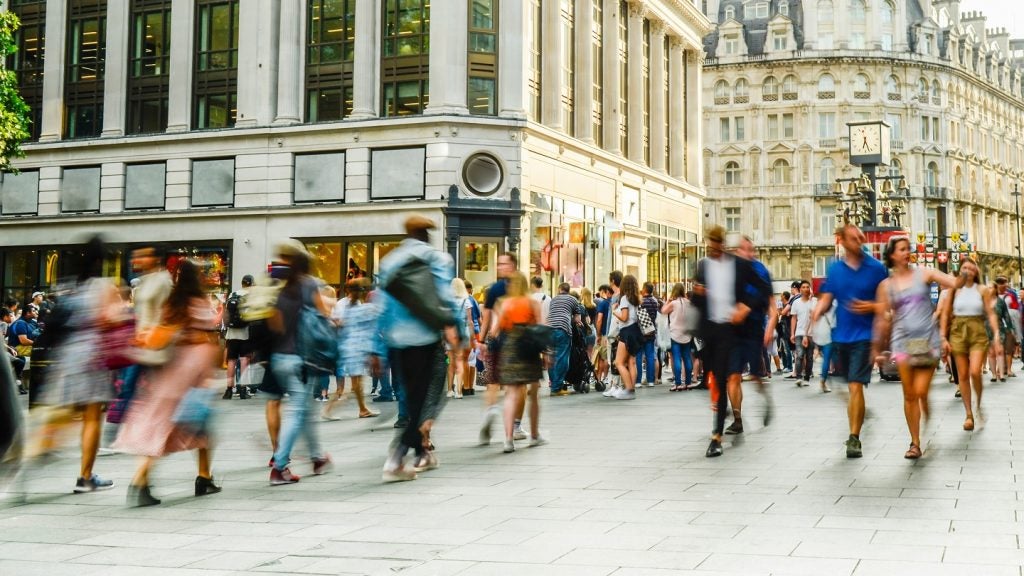A research by GeoPhy has revealed that the largest 21 shopping centres in the UK are responsible for a carbon footprint which is equal to all the homes in Manchester.
The shopping centres, which have over 4,000 stores between them, are reported to be accountable for a carbon footprint of about 7,500,000 tonnes of CO2 per year.
The amount of carbon footprint is equal to around 430,000 homes in the Manchester city.
The research also found that the top 15 shopping centres itself were responsible for 5,500,000 tonnes of CO2, which is equal to 313,000 homes, or the size of Nottingham city.
The Trafford Centre and Arndale Centre in Greater Manchester, St. David’s in Cardiff, Centre MK in Milton Keynes and Meadowhall Mall in Sheffield, are the shopping centres with largest contributions to the carbon footprint, according to the research.
How well do you really know your competitors?
Access the most comprehensive Company Profiles on the market, powered by GlobalData. Save hours of research. Gain competitive edge.

Thank you!
Your download email will arrive shortly
Not ready to buy yet? Download a free sample
We are confident about the unique quality of our Company Profiles. However, we want you to make the most beneficial decision for your business, so we offer a free sample that you can download by submitting the below form
By GlobalDataSee Also:
The research found that the shopping centres by themselves were not responsible for spreading environmental damage. It is the travel to and from these destinations which represents around 90% of the total carbon footprint.
GeoPhy CEO and founder Teun van den Dries said: "Our figures show the sort of levels of CO2 emissions associated with some of the most popular shopping centres, where many people are currently buying their Christmas presents.
"In addition to the energy use from bright lights and store heaters, people who drive to shop will produce a lot more CO2 than those who make use of public transport.
"While we can all exercise personal responsibility for carbon reduction, it is also the government’s responsibility to provide appropriate public transport to keep carbon emissions down. Alongside regulation this is a tangible measure it can take to fulfill environmental obligations."







